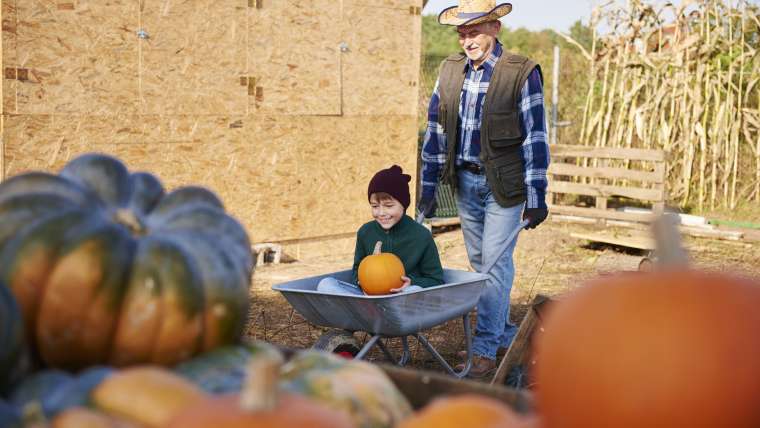Agricultural activity involves direct contact with the physical environment. The landscape, weather conditions and land preparation techniques play an important role in the planning and production of crops. Farmers can use agronomic practices to improve crop production and increase the quality of their land. However, they should not neglect the importance of other factors such as financing, suppliers, selling methods and markets. This paper describes a methodology for analysing spatial distribution of farms in relation to physical environment factors. Using Swedish Agricultural Census data, the method is exemplified by the analysis of two agricultural activities.
First, we investigated the effect size of farm activity on the physical environment. Several indicators were considered, including crop sequences, livestock indicators and household parameters. All of these were analyzed in conjunction with each other. We also tested for relationships between physical environment and the most notable farming activity. For example, a significant correlation was found between the number of wives and maize acreage.
The biggest difference between large and small farms was in their crop sequences. Smaller farms tended to cultivate more ley. But bigger farms were more likely to cultivate multiple varieties of crops. There was also a positive correlation between household size and total acreage.
Another indicator that was related to livestock production was the amount of Gra produced. Ruminant farms in particular exhibited higher Gra values than crop production farms. Similarly, a higher CrpSeq was found on ruminant farms.
Livestock is an integral part of land use patterns. However, they can have negative impacts on the natural environment. So, it is important to examine the sustainability of traditional farming systems. Moreover, government policies can affect the agricultural landscape. In some countries, such as Sweden, special loans are available to farmers. Lastly, government forestry policies can prevent the use of fire for clearing farm fields.
Although there are many different types of farms in Sweden, most regions have at least one type. Farms are classified as specific type if they spend more than two-thirds of their standardised working hours on a certain activity. Currently, 5% of all Swedish farms will be milking cows by 2020.
The ox-ploughing fallow system is prevalent in the Rukwa Region. However, this type of system has been losing ground, due to the rise of perennial grass/legume ley cultivation. Its effects on the agricultural landscape have been significant. A large proportion of farmland has been abandoned in this area, resulting in less diverse farming in the region.
On the flip side, more wives are associated with an increased household workforce. This may be attributed to the importance of family in farming, but it could be due to other factors. Nonetheless, it is an interesting coincidence.
Various factors, such as the supply and demand of farmland and government policies, can influence the quality of production. The United Nations Sustainable Development Goals encourage agricultural diversification. At the same time, crop production is constrained by the availability of transport logistics. Similarly, a lack of markets can hamper the growth of a given farm.
